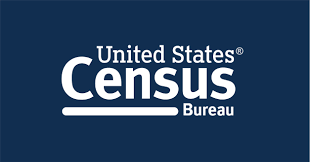
The Rural Health Value team is pleased to share that we have launched a redesigned website and logo. While we have a new look – you will continue to find trusted resources that facilitate the transition of rural healthcare organizations, payers, and communities from volume-based to value-based health care and payment models. Please take a look! On the new website you will find two new resources.
- Rural Value-Based Care – The Payer Perspective, Rural Health Value Summit Report. The Rural Health Value team convened professionals and executives from national and regional health care payer organizations to share and explore insights, innovations, successes, and challenges in rural health value-based care (VBC) contracting. This report summarizes challenges and solutions followed by suggestions for rural health care organization leaders from the Summit participants.
- A one-page summary of CMS’s Transforming Episode Accountability Model (TEAM). TEAM is a mandatory, episode-based, alternative payment model, in which selected acute care hospitals will coordinate care for people with Traditional Medicare undergoing one of the surgical procedures included in the model and assume responsibility for the cost and quality of care from surgery through the first 30 days after the Medicare beneficiary leaves the hospital. Of the 741 hospitals identified for mandatory participation, 124 (16.7%) are in non-metro counties. More from CMS on TEAM.
This summary is part of Rural Health Value’s Catalog of Value-Based Initiatives for Rural Providers. The catalog summarizes rural-relevant, value-based programs currently or recently implemented by the Department of Health and Human Services (HHS), primarily by the Centers for Medicare & Medicaid Services (CMS) and its Center for Medicare & Medicaid Innovation (CMMI).
Rural Health Value facilitates the transition of rural healthcare organizations, payers, and communities from volume-based to value-based health care and payment models. Visit www.ruralhealthvalue.org or contact Clint MacKinney, MD, MS, Co-Principal Investigator, clint-mackinney@uiowa.edu.



